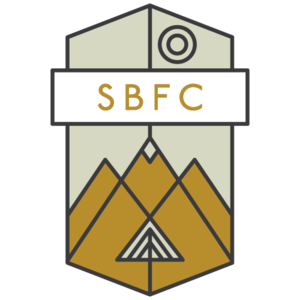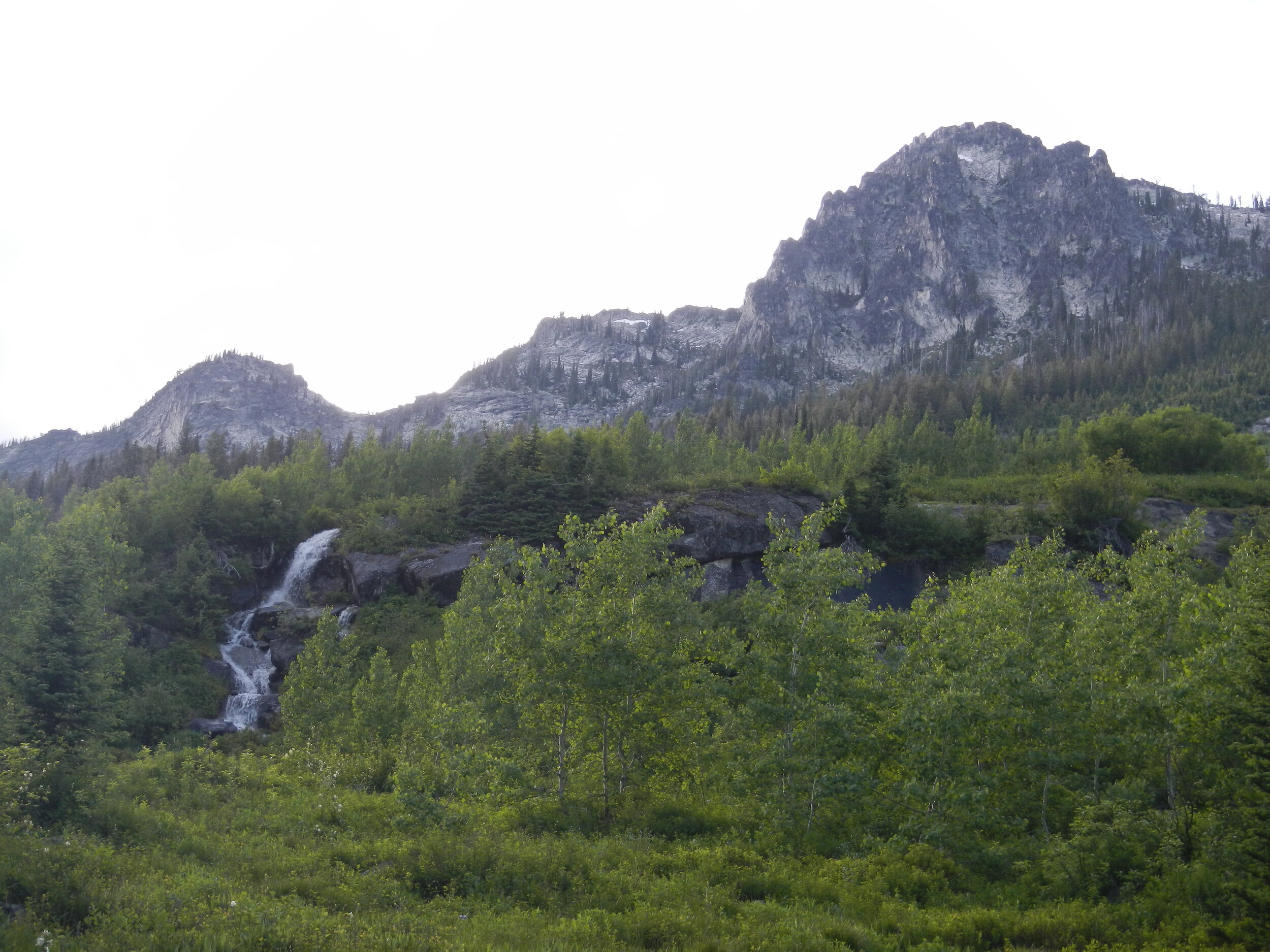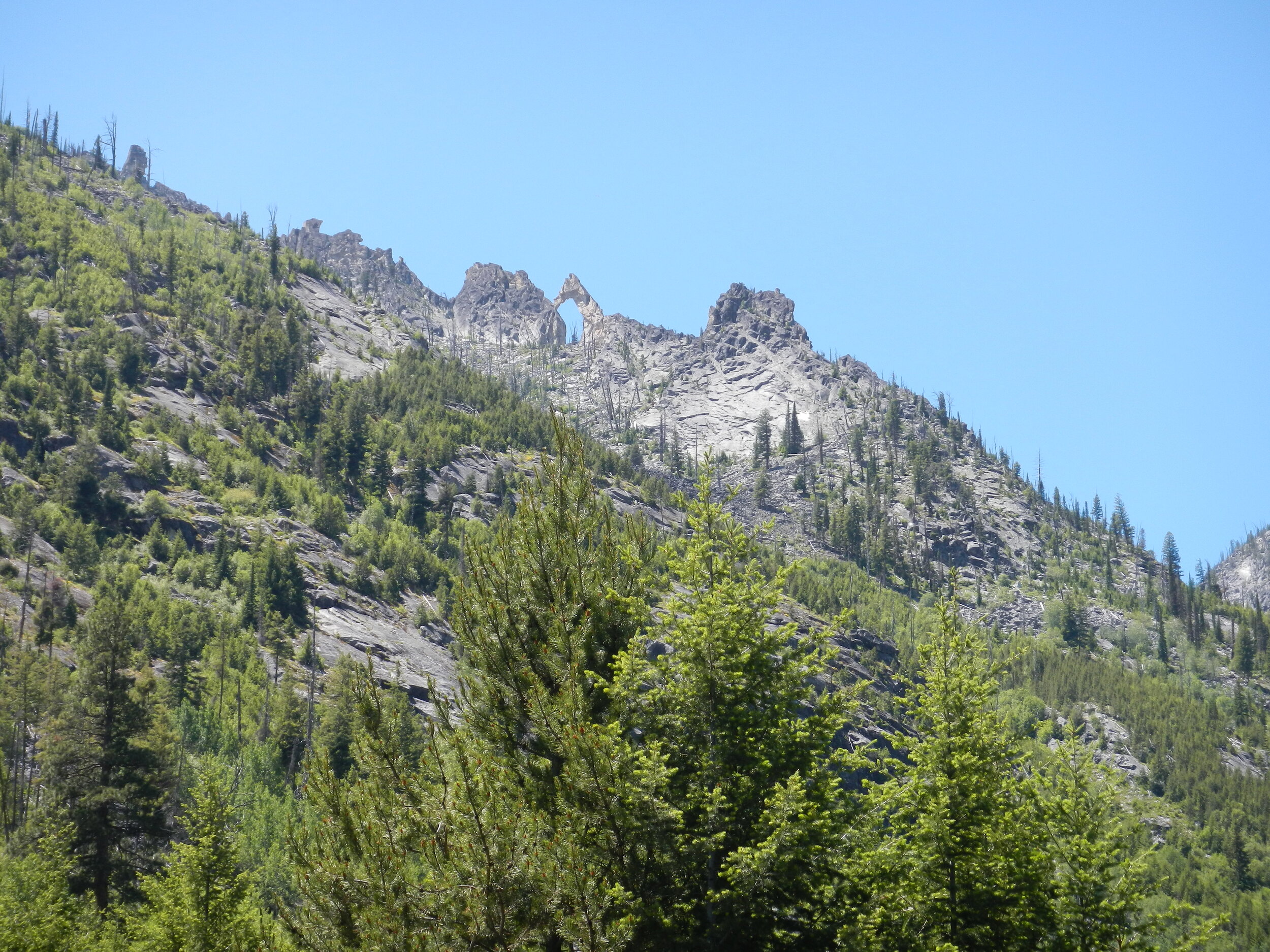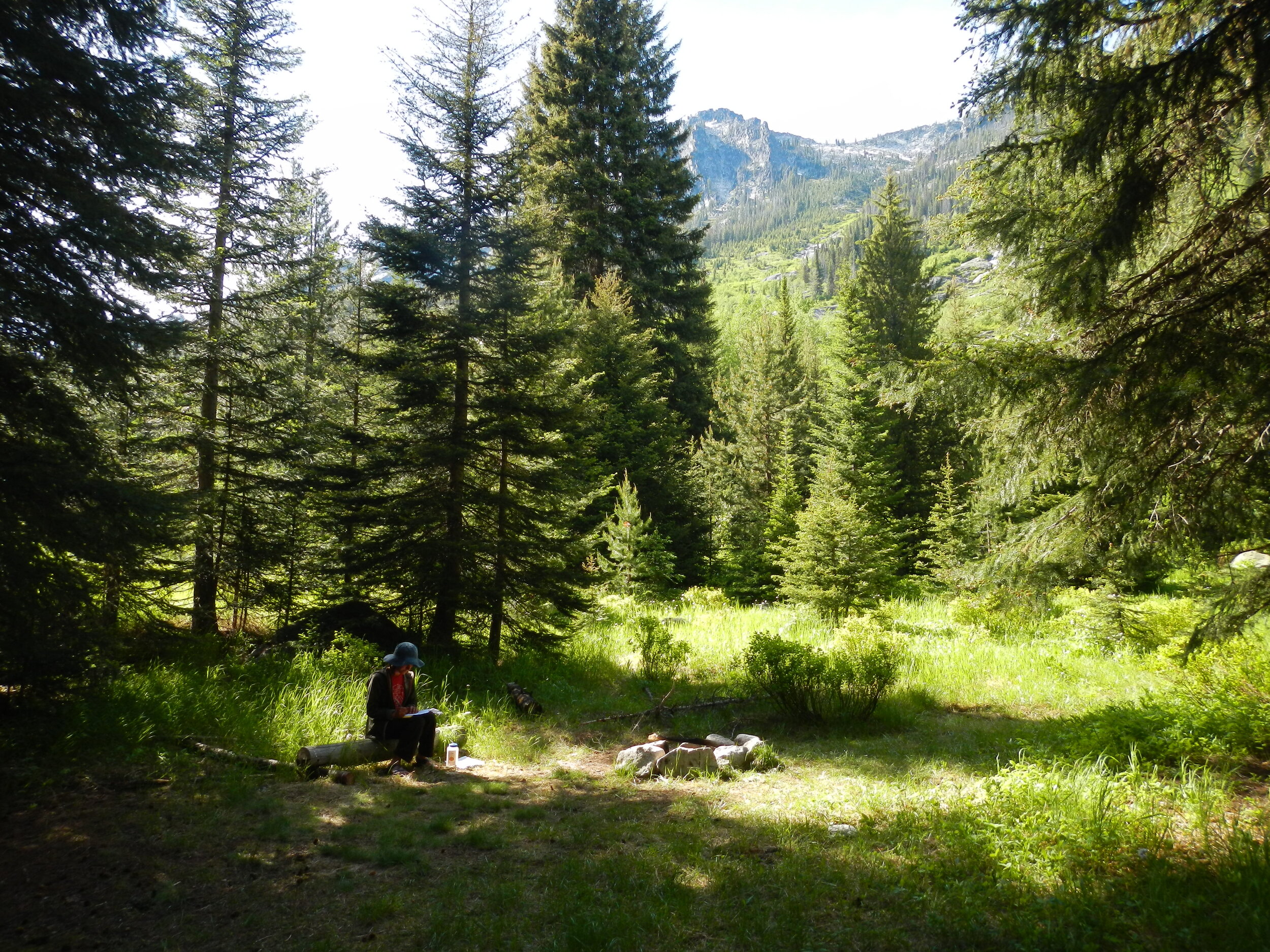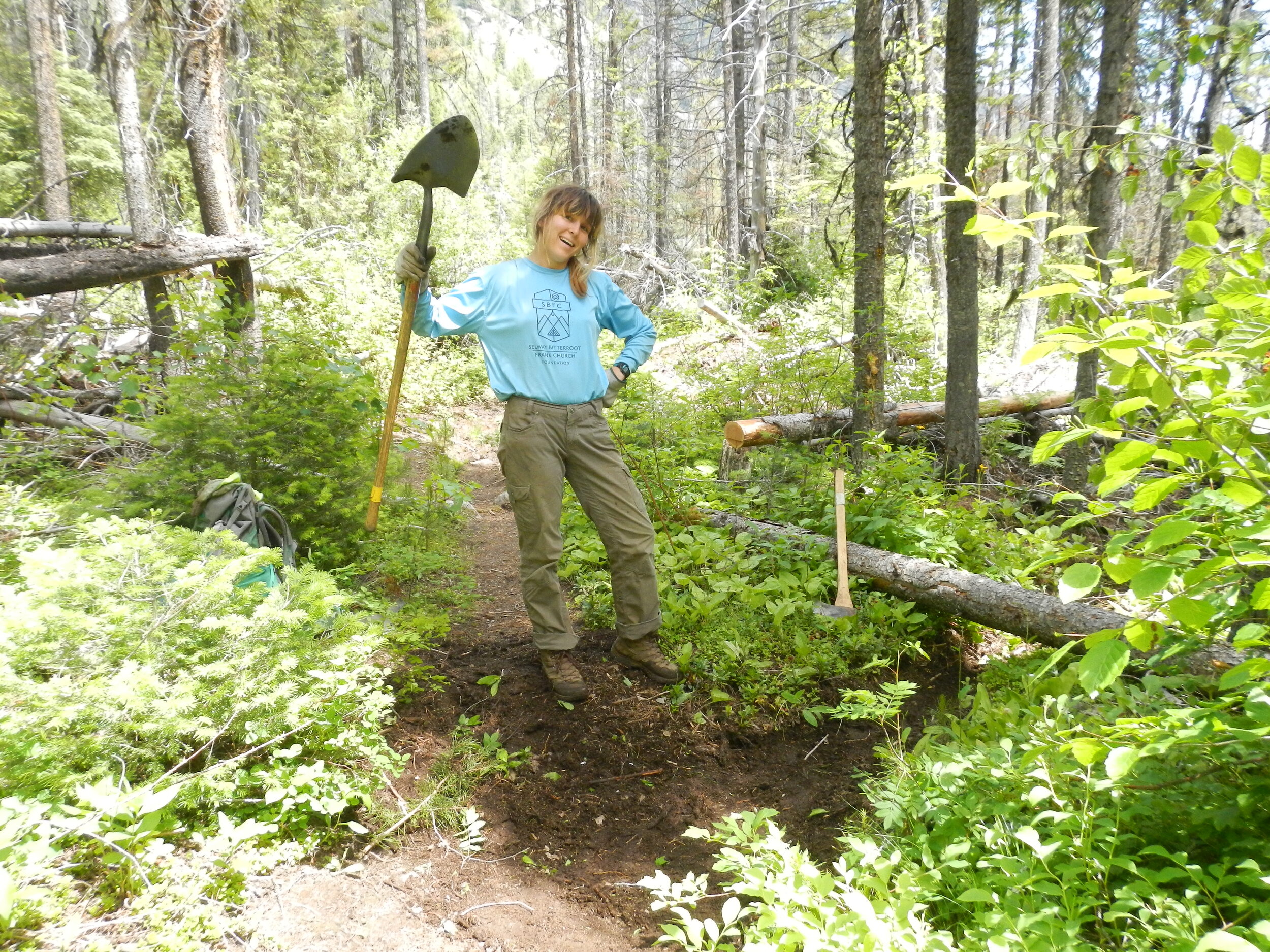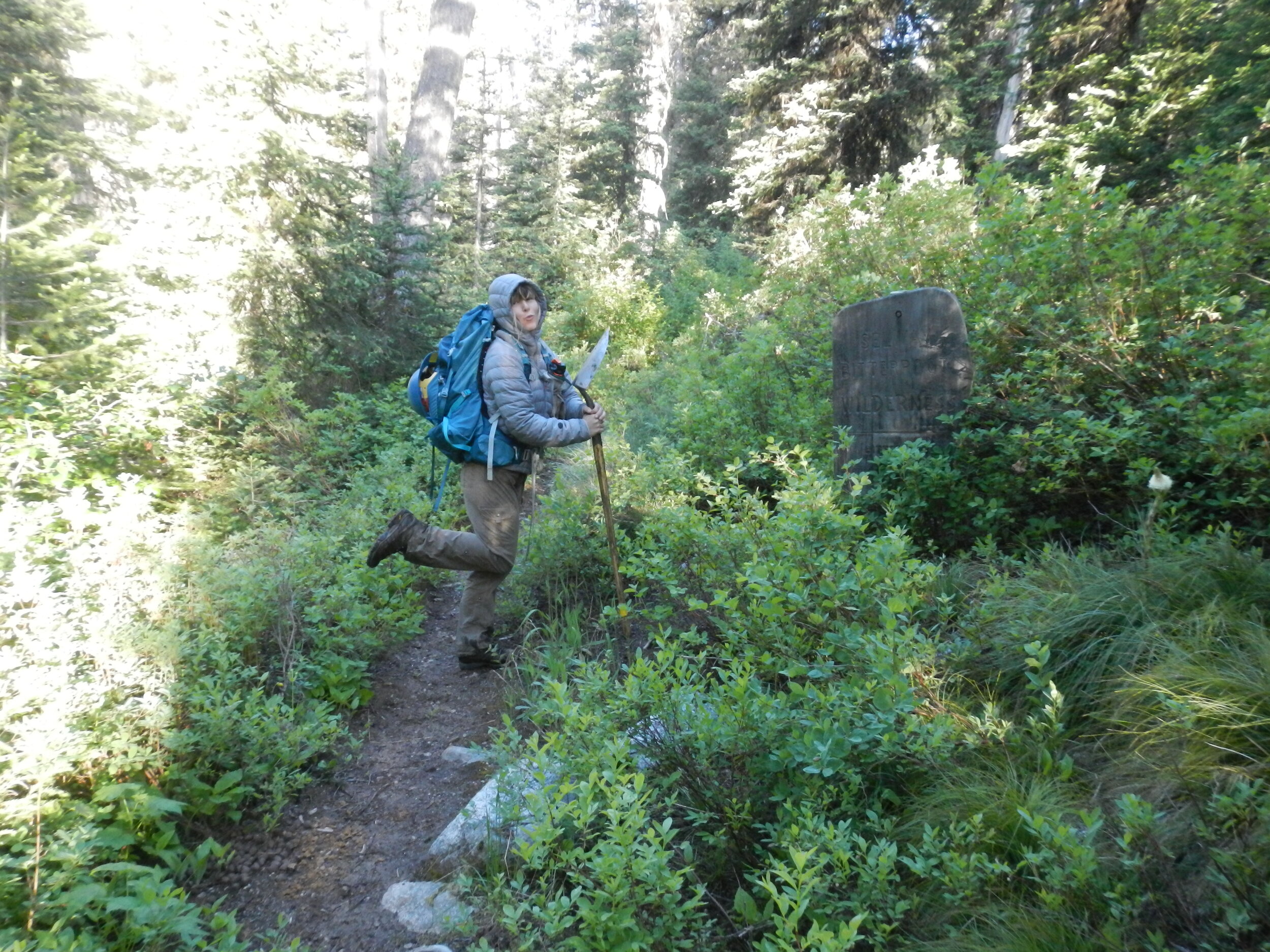Josh Page
Frank Church Wilderness Steward
Upper Marble Creek Trail Project
August 21-August 28 2019
Payette National Forest
For the past several years, the SBFCF has been chipping away at the Marble Creek 222 trail in the Frank Church River of No Return Wilderness. A 25 mile section of the Idaho Centennial Trail, Marble Creek has been adopted by the SBFCF and as such has been a focal point of the foundation's for the last several years. The trail has a reputation as the headache of the ICT, and that is a reputation that is slowly being undermined by the hard work that the SBFCF is performing. Some back story is necessary if you have not experienced Marble Creek yourself. To access the trail from the Middle Fork of the Salmon, you need to hike some 30 odd miles from a trailhead, or fly into the Thomas Creek Airstrip and hike two miles to the confluence. To access the trail from the top you need to take a high clearance vehicle east from McCall, Idaho for three and half hours (a 9.5 hr drive for SBFCF when coming from Missoula). Once on the trail the logistical challenges do not end. Years of tree fall, rock slides, log jams, riparian brush and stream erosion make the work time consuming, and the trail has no less than 40 creek crossings from the top to the bottom. I am including this info only to try and paint the picture of how much work is required just to get an SBFCF crew down on the trail and working. All of that being said, real progress was made on the Marble Creek Trail this year. A group of six flew into Thomas Creek Airstrip earlier this summer and cleared up Marble Creek, reaching Trail Creek and creating a trail where for roughly 100 yards one no longer existed. From August 21-August 28th, a volunteer group was packed in by Bill Lewis and his trusty mule string and we worked from the top of the trail at Thunder Mountain making it down 11 miles to Fuse Creek. Over 190 trees were cut, some of them very large and time consuming, and over 700 feet of brush was cleared (mostly in riparian areas to make creek crossings more apparent), along with plenty of rock removal to make the trail more smooth for Bill's mules and all hikers. Because we were restricted to one camp site, our commute to work was often quite long and the work/hiking took it's toll on our bodies. Each morning we ran through a stretch routine to prepare our bodies for the day and prevent injuries. Although there were some side glances at first, soon everyone looked forward to what became known as "trail crew yoga". When the work day was done, and dinner was eaten and dishes were finished, we would gather around the camp fire and listen to Bill as he recited cowboy poems that were a mixture of hilarious, insightful and wise. Betsy, one of the project's volunteers, decided that a poem needed to be written about our experiences in Marble Creek that late August week. This is her wonderful poem, appropriately titled "Trail Crew Yoga"
I'll tell you a story you'll never believe
About the volunteers down in Upper Marble Creek
SBFCF was their sponsor
Now that's a mouthful, almost a monster!
They met in the boonies, a place where roads end
But paperwork continues, a Forest Service blend
of nonsense and questions-just sign at the end
A convoy of vehicles, they chugged up the hills
But Frank's car was so tired, it even had chills
It sputtered and sighed, almost gave up the ghost
Mike, Jodi and Justin thought they soon would be toast
But do not despair, Shangri-la lies ahead
On the rocky reclaimed mountain
with mules they would bed
For there at the campsite Cowboy Bill made his home
With a long green horse trailer and five mules of his own
That night for their supper they ate all they could hold
With Bill especially fond of apple pie mold
And each morning they gathered, their tools in their hands
To cut and to nip a clear path through the land
Each day they walked farther away from their camp
And before they returned they would rave, they would rant
"We can't walk this far, with our boots oh so damp!"
"Do not despair," Brother Josh said to his flock
As his axe flew so quickly it beat out the clock
"Come, come my companions, your gloom is not fetching,
remember, in the morning you all will be stretching."
And so in a circle, they wobbly stood
Their eyes barely open, their legs stiff as wood
They teetered, they tottered they cursed as they fell
For this was a version of Cowboys in Hell
For if trail crews do yoga, what then will be next?
Veggie sausage for breakfast and not enough meat
Plus all natural bug spray without any DEET
But somehow that stretching, it wasn't so bad
It made them all laugh, they couldn't be mad
They stood in the meadow, their packs on the ground
Their creek bubbled sweetly, the pika called "eep!"
With the beavers upstream still deeply asleep
This yoga, this circle, this being together
It made them a team, in fair or foul weather
The woods all around them, the wilderness acres
They wanted to help, to not just be takers
But let's not get sappy, this is only a poem
Without a real ending, and we'll all soon be home
The poems Bill recites all end with a joke
This one's a flop, it'll go up in smoke
I can't write an ending for I hope there is none
The woods will live on, in rain and in sun
-Betsy Kepes
To Betsy, Madonna, Dan, Jodi, Justin, Frank, Mike, Sally, Bill and your trusty mules-thank you for the wonderful memories and all of the hard work. Marble Creek only has three miles left of trail that were not cleared of tree fall this year. Next year very well may the year that the trail is finally cleared top to bottom, but it could never happen without all of the hitches of hard work that have taken us this far. To this year's volunteers and all of Marble Creek's previous volunteers and staff and forest service personnel from year's past, your work and attitude is appreciated and Marble Creek is well on it's way to becoming a gem of the ICT. As I tell my volunteers and interns when they ask how far away from camp we are, we're closer than we've ever been.
